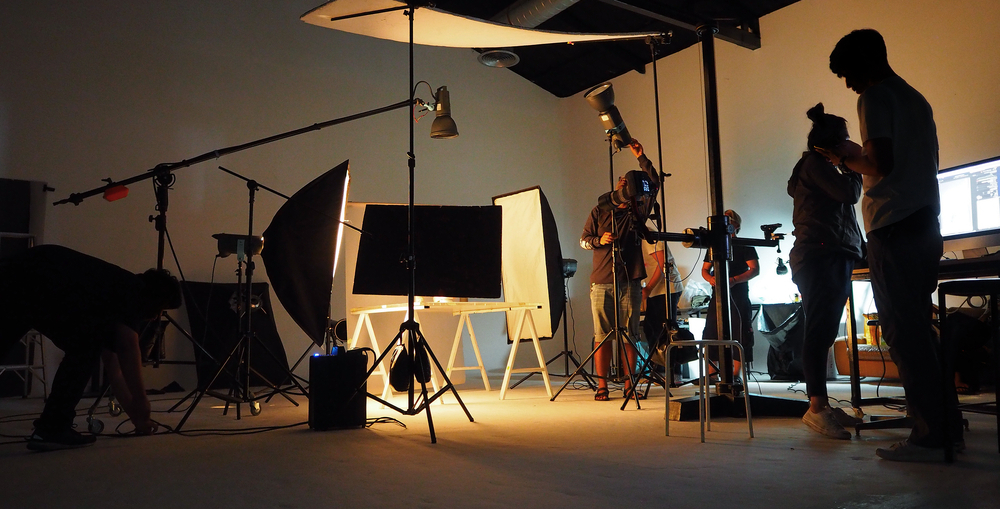Discover the art and science of professional food photography. Learn the essential techniques and insights to elevate your culinary visuals.
Are you passionate about food and photography? Becoming a professional food photographer could be the perfect blend of your two interests. Capturing the tantalizing essence of food through a lens requires a specialized skill set and a keen eye for detail.
In this comprehensive guide, we’ll delve into the world of professional food photography, exploring the techniques, equipment, and tips that will help you excel in this creative field.
The Art of Professional Food Photography: Mastering the Art
To excel as a professional food photographer, you need to master the art of composition, lighting, and styling. These essential skills form the foundation of captivating food photography.
1. Composition: Understand the rule of thirds and framing to create visually appealing compositions.
2. Lighting: Explore natural and artificial lighting techniques to enhance the textures and colors of food.
3. Styling: Learn how to arrange and style food to create compelling and appetizing images.
The Role of EquipmentPhotography Equipments
The right tools can significantly impact the quality of your food photography. Investing in high-quality cameras, lenses, and accessories can elevate your work to new heights.
1. Cameras: Explore the best camera options for food photography, considering resolution and sensor size.
2. Lenses: Understand the significance of macro lenses and prime lenses for capturing intricate details.
3. Accessories: Discover the importance of tripods, reflectors, and diffusers in achieving professional results.

Capturing Delectable Details
In professional food photography, attention to detail is paramount. From capturing steam rising off a freshly baked pie to the glistening texture of a fruit, every detail matters.
1. Textures: Highlight the importance of capturing the textures and details of food to evoke sensory experiences.
2. Color Palette: Discuss the role of color harmony and contrast in creating visually striking food images.
3. Storytelling: Emphasize the narrative aspect of food photography, capturing the essence and story behind each dish.
The Business of Food Photography: Building Your Portfolio

As a professional food photographer, your portfolio is your calling card. Curate a diverse collection of images that showcase your versatility and expertise in capturing different culinary styles and cuisines.
1. Specialization: Consider specializing in specific types of food photography, such as product shots, recipe books, or restaurant menus.
2. Collaboration: Collaborate with chefs, food stylists, and culinary professionals to expand your portfolio and network.
3. Presentation: Create an online portfolio or website to showcase your work and attract potential clients.
Marketing Your Services
In a competitive industry, effective marketing is crucial for success. Utilize social media, networking, and branding strategies to promote your food photography services.
1. Social Media: Leverage platforms like Instagram and Pinterest to showcase your work and engage with potential clients.
2. Networking: Build relationships with restaurants, food bloggers, and publications to expand your client base.
3. Branding: Develop a unique brand identity and marketing materials that reflect your style and expertise.
In conclusion
Elevating your photography skills to a professional level requires dedication, practice, and a deep understanding of the nuances of food photography. By mastering the art of composition, harnessing the right equipment, and embracing the business aspects of the industry, you can carve out a rewarding career as a professional food photographer.
Embrace the creativity and visual storytelling opportunities this field offers, and let your passion for food and photography shine through in every image you capture.
